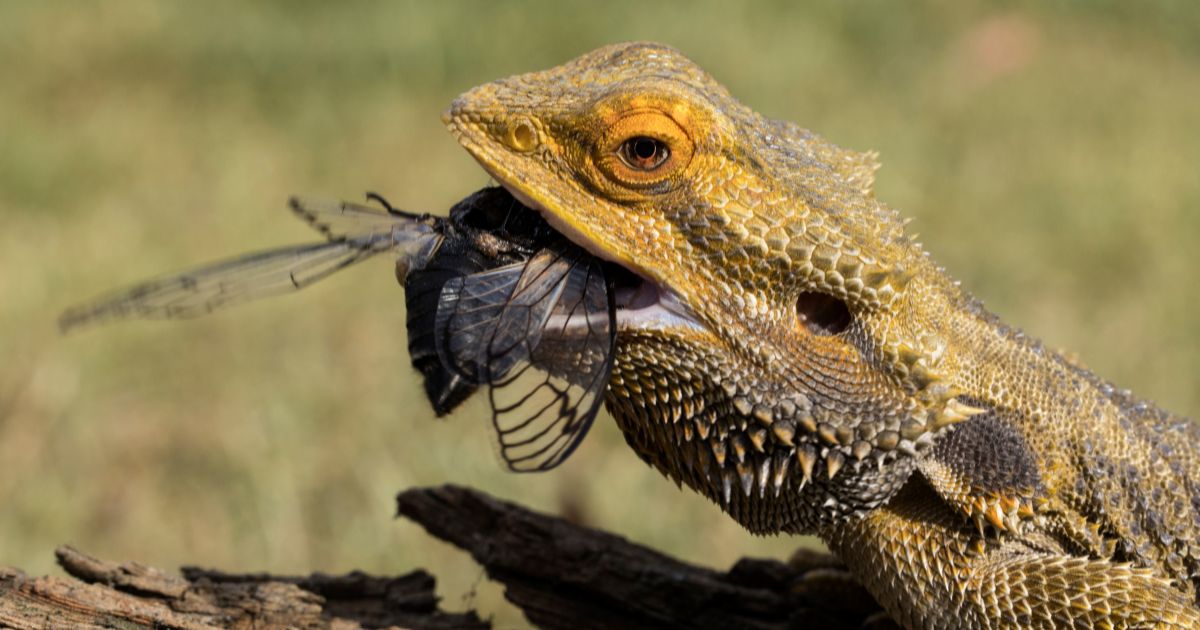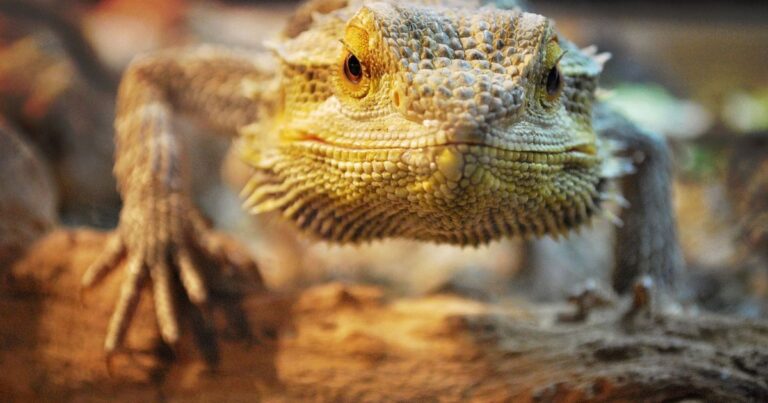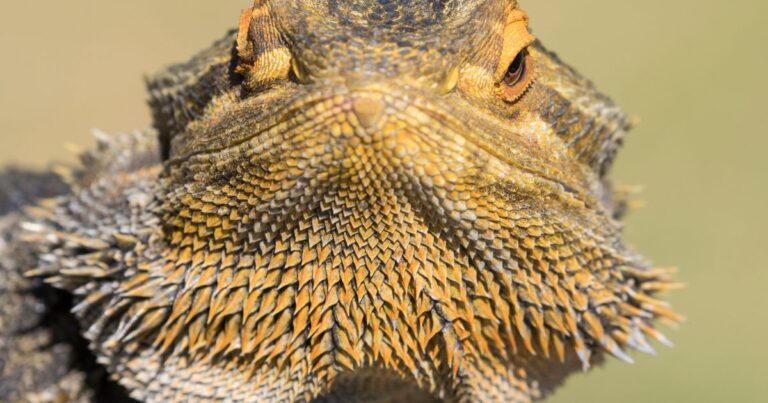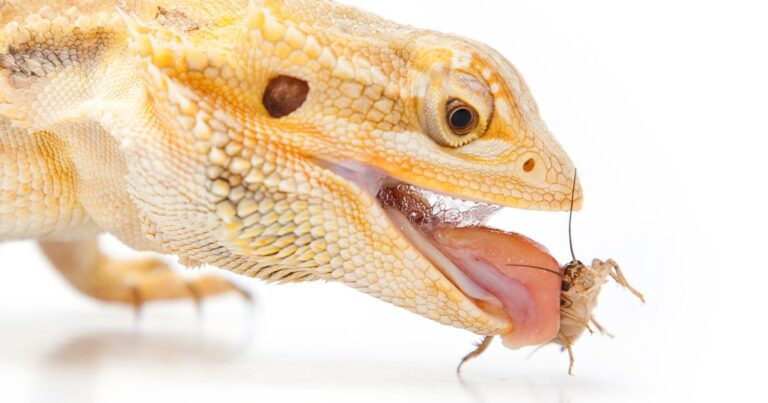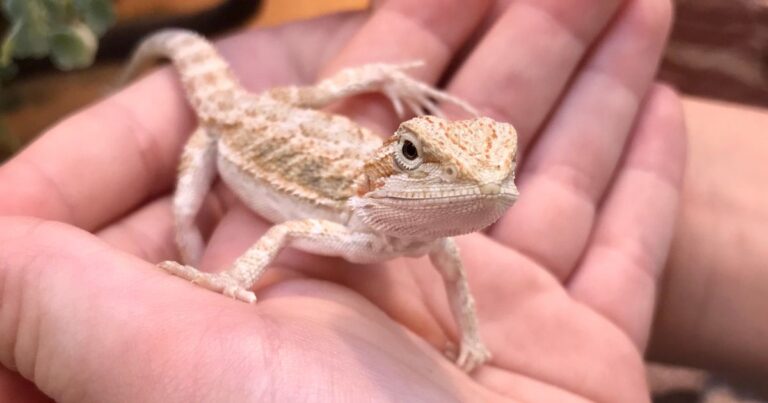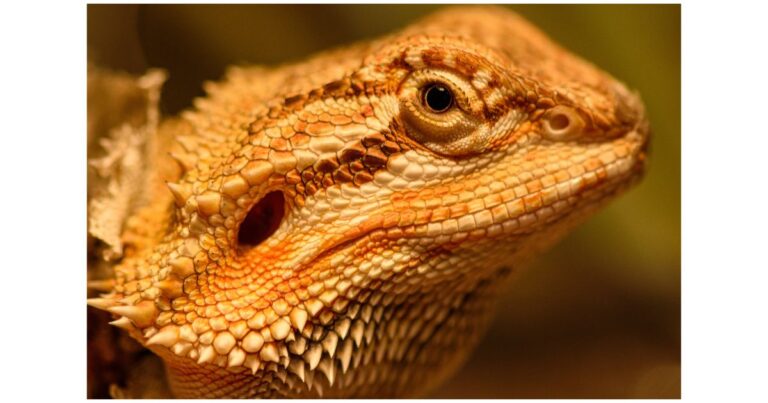Feeding adult bearded dragons
Table of Contents
Feeding adult bearded dragons, is a journey of discovery and understanding – from the variety of foods to the timing, it’s a fascinating process that I’m thrilled to share with you! Dive in to learn about feeding adult bearded dragons, their dietary needs, and how to create a balanced diet that keeps them healthy and happy.
Introduction
Feeding Gilbert, my adult bearded dragon, is a journey of discovery and understanding – from the variety of foods to the timing, it’s a fascinating process that I’m thrilled to share with you! If you’re a bearded dragon parent like me, you know how important it is to ensure our scaly friends get the right nutrition. So, let’s dive into the world of feeding adult bearded dragons and explore their dietary needs, the importance of a balanced diet, and how to create an effective feeding schedule.
Feeding your adult bearded dragon can be a bonding experience. It’s not just about nutrition, it’s also about building trust and understanding between you and your scaly friend.
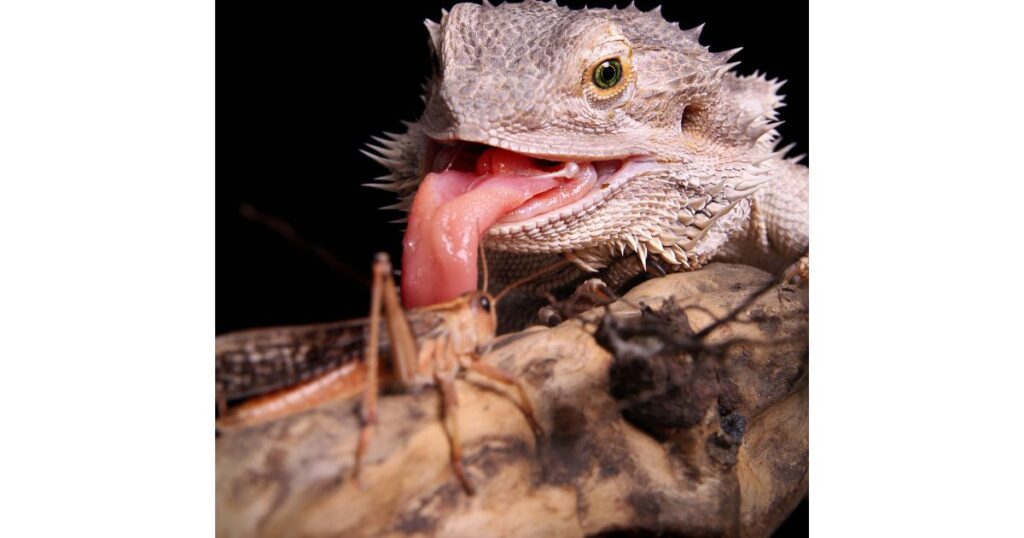
Understanding Adult Bearded Dragons’ Dietary Needs
Before we delve into the feeding schedule, let’s first understand the unique dietary needs of our adult scaly friends, the bearded dragons. As they grow from cute little hatchlings into majestic adults, their dietary needs change significantly. Adult bearded dragons require a diet rich in plant-based foods, with a smaller portion of their diet coming from animal-based foods and insects. This shift in diet is crucial to keep them healthy and prevent obesity, a common issue in adult bearded dragons.
One of the biggest misconceptions I’ve come across is that people think adult bearded dragons eat the same diet as when they were babies. But that’s not true! When Gilbert, my bearded dragon, was a baby, he ate a lot of insects. But as he grew older, I noticed he started to enjoy his veggies more. Now, his diet consists mostly of plant-based foods. It’s like watching a kid grow up and start eating their broccoli!
The Importance of a Balanced Diet for Adult Bearded Dragons
Just like us, adult bearded dragons need a balanced diet to stay healthy and vibrant. A balanced diet for an adult bearded dragon should include a variety of leafy greens, vegetables, fruits, and insects. It’s like creating a rainbow on their plate, each color representing a different nutrient that contributes to their overall health. But remember, not all foods are created equal, and some are better suited for our bearded buddies than others.
Over time, I’ve learned that feeding an adult bearded dragon isn’t just about providing food. It’s about understanding their nutritional needs and how they change as they grow. For instance, adult bearded dragons need less protein and more fiber compared to when they were younger. This understanding has helped me tailor Gilbert’s diet to ensure he gets the right balance of nutrients. It’s not just about feeding, it’s about nourishing!
Signs of a Healthy Bearded Dragon Diet
- Regular, healthy bowel movements.
- Active and alert behavior.
- Steady weight gain during growth, and maintained weight during adulthood.
- Bright, clear eyes.
- No signs of metabolic bone disease, like soft jaws or kinks in the tail.
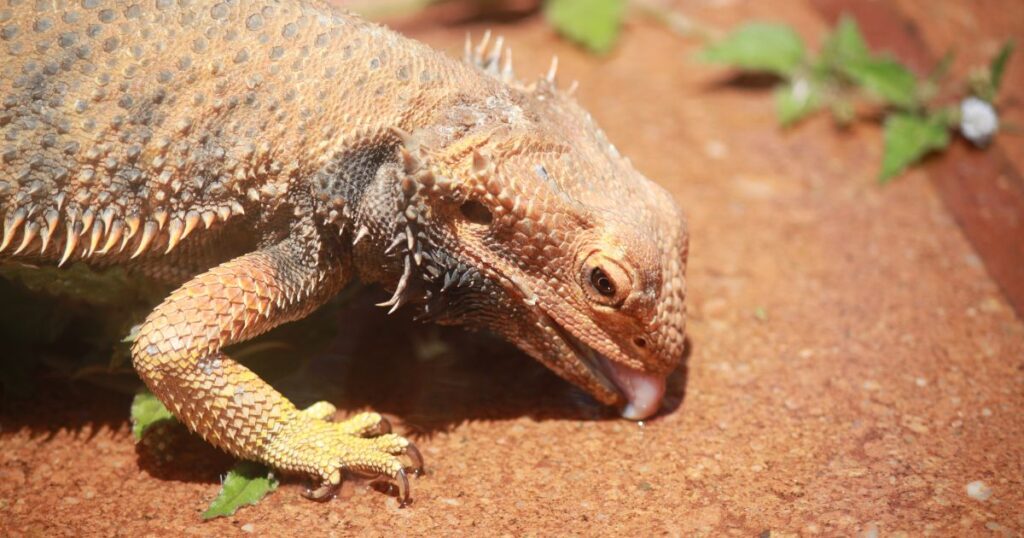
Plant-Based Foods in an Adult Bearded Dragon’s Diet
You might be surprised to know that our carnivorous-looking friends actually love their greens, even more so as they grow older! As adults, about 80% of their diet should be plant-based. This includes a variety of leafy greens like collard greens, dandelion greens, and mustard greens. Vegetables like bell peppers, squash, and peas are also a hit. Remember, variety is key to providing a range of nutrients.
Suitable Vegetables for Bearded Dragons
| Vegetable | Frequency |
|---|---|
| Collard Greens | Daily |
| Butternut Squash | Daily |
| Bell Peppers | Daily |
| Carrots | Occasionally |
| Kale | Occasionally |
Animal-Based Foods in an Adult Bearded Dragon’s Diet
While they enjoy their veggies, adult bearded dragons also need some animal-based foods in their diet, but less than when they were younger. About 20% of their diet should consist of protein-rich foods like insects. Crickets, mealworms, and roaches are among Gilbert’s favorites. But remember, these should be given in moderation to prevent obesity.
The Role of Insects in an Adult Bearded Dragon’s Diet
Insects are a crucial part of a bearded dragon’s diet, and Gilbert certainly has his favorites, but as an adult, his insect intake is less than before. It’s important to feed insects that are smaller than the space between your dragon’s eyes to prevent choking. Also, always remember to gut-load your insects (feeding them nutritious foods) before offering them to your dragon, and dust them with a calcium supplement to ensure they’re getting the right nutrients.
Commonly Fed Insects and Their Nutritional Value
| Insect | Protein | Fat | Fiber | Moisture |
|---|---|---|---|---|
| Crickets | 20.5% | 6.8% | 3.2% | 69.2% |
| Mealworms | 20.3% | 12.7% | 2.1% | 61.9% |
| Waxworms | 15.5% | 22.2% | 7.7% | 58.6% |
| Dubia Roaches | 23.4% | 7.2% | 2.9% | 61.2% |
| Silkworms | 63.8% | 10.6% | 2.3% | 76.2% |
| Superworms | 19.7% | 17.7% | 2.7% | 57.9% |
| Phoenix Worms | 17.3% | 9.4% | 3.0% | 70.4% |
| Butterworms | 15.5% | 29.4% | 1.2% | 60.2% |
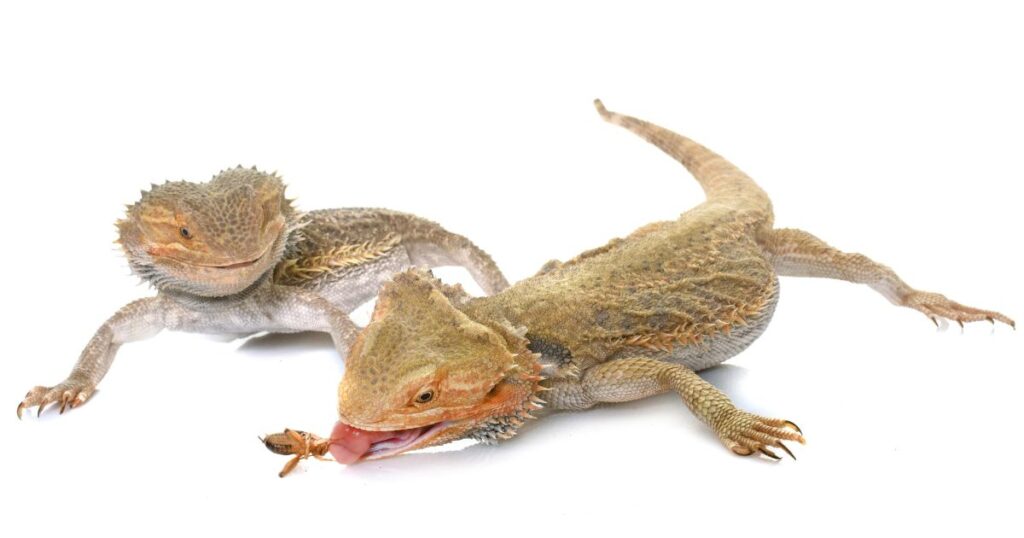
The Importance of Fruits for Adult Bearded Dragons
Fruits are like sweet treats for bearded dragons, but they should be given in moderation, especially for adults. Fruits like apples, peaches, and berries can be offered once or twice a week. They not only provide essential vitamins but also add a bit of variety to their diet. However, due to their high sugar content, they should make up a smaller portion of the diet compared to vegetables and leafy greens.
Suitable Fruits for Bearded Dragons
| Fruit | Frequency |
|---|---|
| Apples | Occasionally |
| Berries (strawberries, blueberries) | Occasionally |
| Peaches | Occasionally |
| Bananas | Rarely |
| Grapes | Rarely |
The Need for Calcium and Vitamins for Adult Bearded Dragons
Calcium and vitamins are essential for an adult bearded dragon’s health, especially for their bone structure. A calcium supplement with vitamin D3 should be used to dust their insects. This is crucial to prevent metabolic bone disease, a common condition in bearded dragons that results from an imbalance in calcium intake. Multivitamin supplements can also be used, but less frequently.
Hydration: The Role of Water for Adult Bearded Dragons
Water plays a vital role in an adult bearded dragon’s health, even if they don’t drink it the same way we do. Bearded dragons often prefer to lick droplets of water from their surroundings rather than drinking from a dish. You can mist their veggies with water, provide a shallow dish of water in their enclosure, or give them a bath to keep them hydrated.
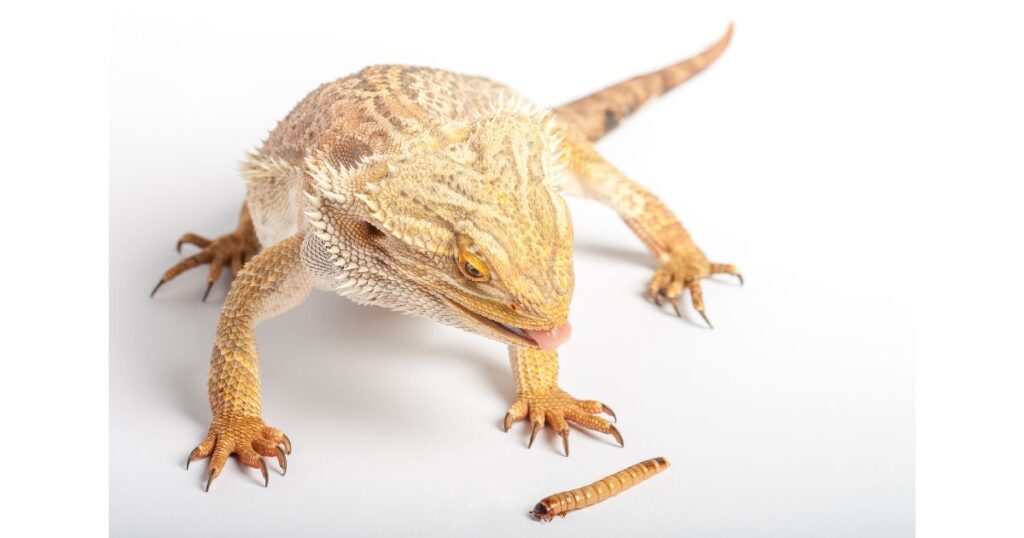
Creating a Feeding Schedule for Adult Bearded Dragons
Now that we know what to feed, let’s talk about when to feed – the feeding schedule for adult bearded dragons. Adult bearded dragons should be fed a salad of leafy greens and veggies every day, with insects being offered about two to three times a week. It’s best to feed them in the morning or early afternoon to give them enough time to bask and digest their food.
Transitioning Gilbert to an adult diet was a bit of a challenge. I remember the first time I introduced him to a new vegetable, he looked at me like I was crazy! But with patience and a bit of creativity, I was able to get him to try new foods. Now, he munches on his veggies like a champ! It’s all about understanding their preferences and making the transition gradually.
Top 5 Tips for Feeding Adult Bearded Dragons
- Maintain a balanced diet of insects, vegetables, and fruits.
- Avoid overfeeding – obesity can be a problem for adult bearded dragons.
- Ensure a variety of food to keep your bearded dragon interested.
- Always provide fresh water, even if your bearded dragon doesn’t drink much.
- Regularly clean the feeding area to avoid bacterial growth.
Conclusion
Feeding our adult bearded dragons can be as fascinating as watching them bask or explore their surroundings. It’s a journey of understanding their unique dietary needs and finding a balance that keeps them healthy and happy. Remember, every bearded dragon is unique, and what works for Gilbert might not work for your dragon. So, keep exploring, keep learning, and enjoy the journey!
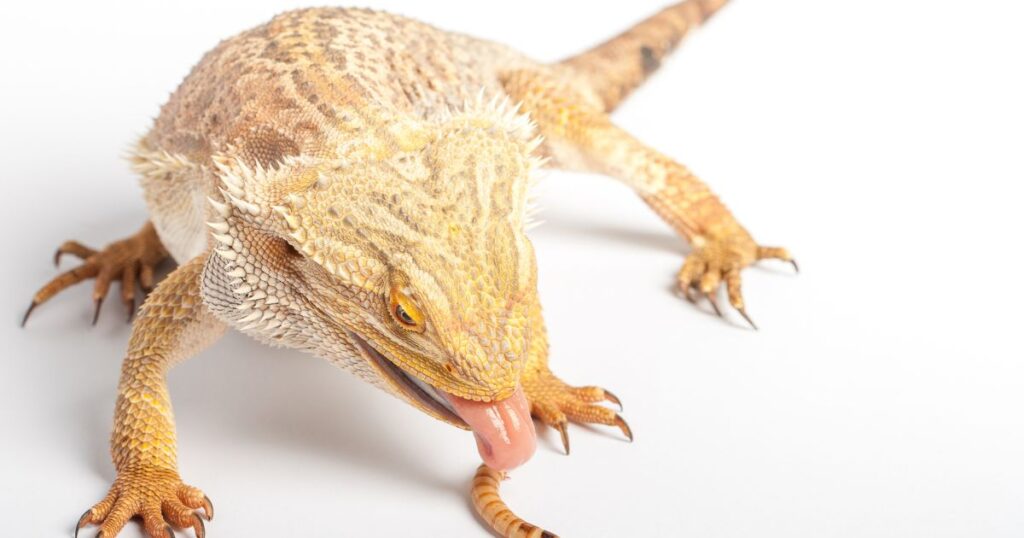
Call to Action
If you want to learn more about bearded dragon care, check out the Bearded Dragon Care category. And don’t forget to check out my index page on Bearded Dragon Diet. Happy dragon parenting!
For those of you who are curious about other aspects of bearded dragon diet, you might find our previous posts Commercial diets and supplements for bearded dragons and Feeding baby bearded dragons interesting.
Disclaimer: This article is based on my personal experience and should not replace professional veterinary advice. Always consult with a qualified reptile vet for any health concerns about your bearded dragon.
Frequently Asked Questions
What do you feed a mature bearded dragon?
Mature bearded dragons should have a diet consisting of 70% plant-based foods like vegetables and fruits, and 30% animal-based foods like insects.
How often should you feed an older bearded dragon?
Older bearded dragons should be fed once a day. However, the amount of food may vary depending on their size and activity level.
How much should a bearded dragon eat a day?
An adult bearded dragon should eat a mix of insects and vegetables equivalent to the size of their head. This can vary based on their size and activity level.
Do bearded dragons eat less as they age?
Yes, as bearded dragons age, their metabolism slows down and they require less food compared to when they were growing juveniles.
Is it normal for a bearded dragon to not eat everyday?
Yes, it’s normal for adult bearded dragons to not eat every day. They may eat a large meal one day and then not eat much the next day.
What’s the longest a bearded dragon can go without eating?
Bearded dragons can go up to two weeks without eating, but this is not healthy or recommended. If your bearded dragon hasn’t eaten in a few days, it’s best to consult a vet.
What does an underfed bearded dragon look like?
An underfed bearded dragon may have a sunken appearance, visible hip bones, and lack of energy. They may also show a lack of interest in food.
Can bearded dragons eat mealworms everyday?
No, mealworms should not be the primary insect in their diet as they are high in fat and can lead to obesity. They can be offered occasionally as a treat.
Should I feed my bearded dragon at night?
No, bearded dragons should be fed during the day as they are diurnal creatures, meaning they are active during the day and sleep at night.
Can bearded dragons eat banana?
Yes, bearded dragons can eat bananas, but they should be given sparingly as bananas are high in phosphorus which can interfere with calcium absorption.
Can bearded dragons eat carrots?
Yes, bearded dragons can eat carrots. However, they should be given as part of a varied diet and not as the main vegetable.
Should bearded dragons eat fruit everyday?
No, fruits should make up a smaller portion of their diet compared to vegetables and insects. Fruits are often high in sugar and should be given as a treat.
What is the best time of day to feed a bearded dragon?
The best time to feed a bearded dragon is in the morning after they’ve had a chance to warm up under their basking light.
How often should I feed my bearded dragon fruits and vegetables?
Vegetables should be offered daily, while fruits should be given 1-2 times a week as a treat.
Can bearded dragons go days without eating?
Yes, adult bearded dragons can go a few days without eating. However, if this continues for a prolonged period, it’s best to consult a vet.
Can bearded dragons eat dead crickets?
Bearded dragons can eat dead crickets, but they prefer live ones as the movement stimulates their predatory instincts.
Can bearded dragons live on just mealworms?
No, bearded dragons need a varied diet of insects, vegetables, and fruits. Relying solely on mealworms can lead to nutritional deficiencies.
How many times a day should I hold my bearded dragon?
You can hold your bearded dragon as often as you like, but it’s best to let them have some time to themselves to explore and bask.
How often should you bathe a bearded dragon?
Bearded dragons should be bathed once a week to help with hydration and to keep their skin clean.
Can bearded dragons eat superworms daily?
Superworms can be part of a bearded dragon’s diet, but they should not be the main source of food as they are high in fat. They are best used as a treat.
Further Reading
The Bearded Dragon’s Diet: What Can They Eat? | Baltimore Vet
